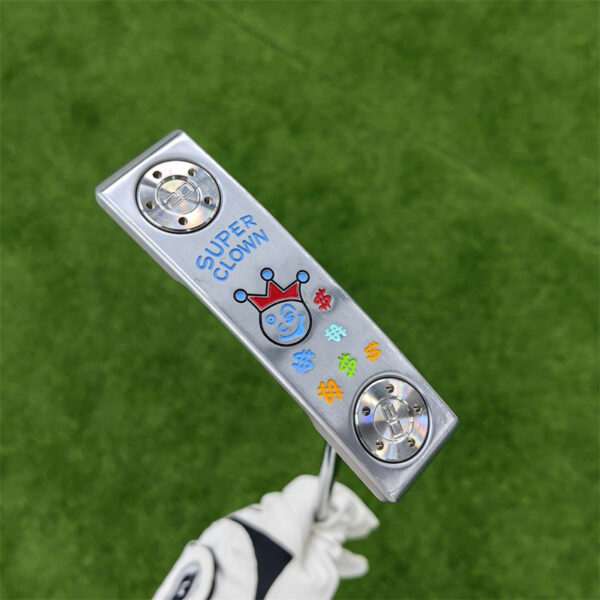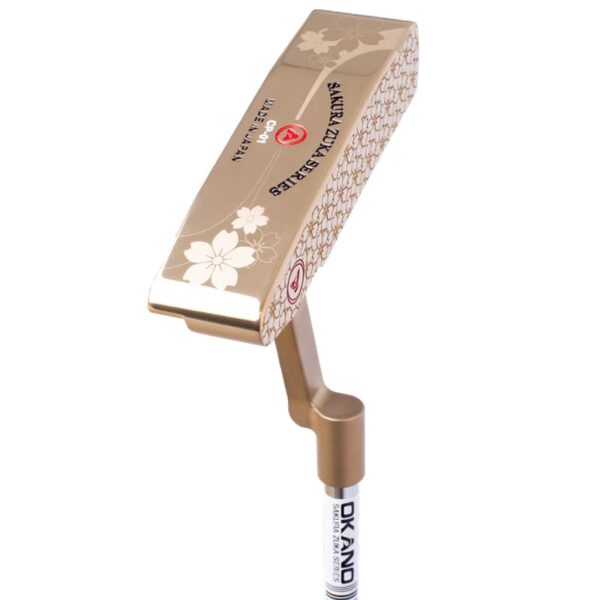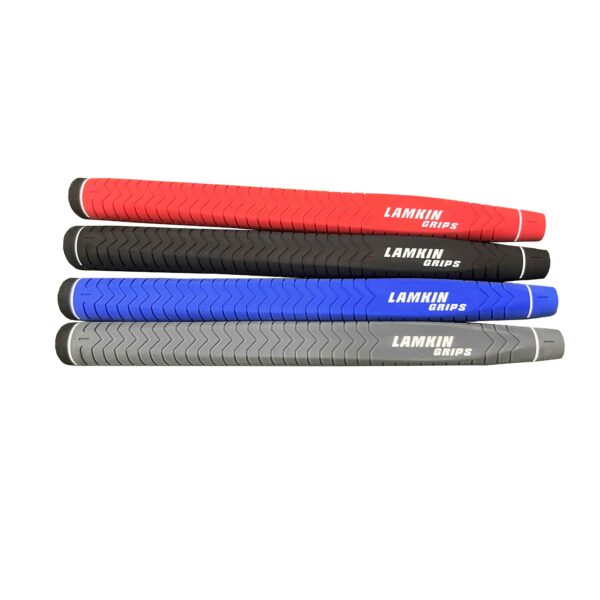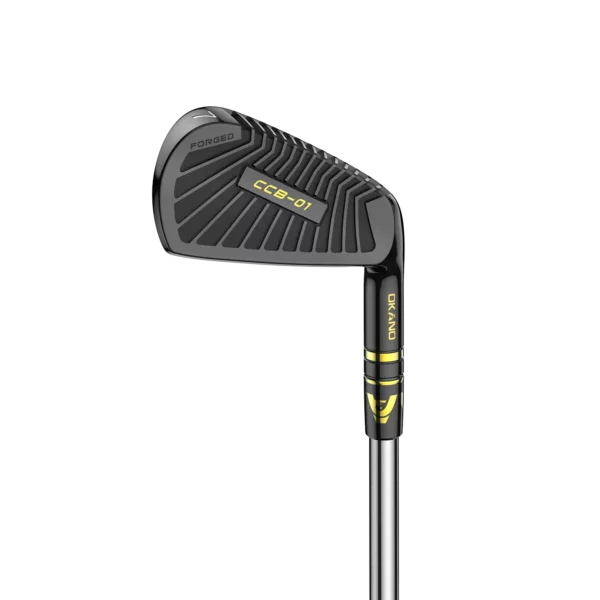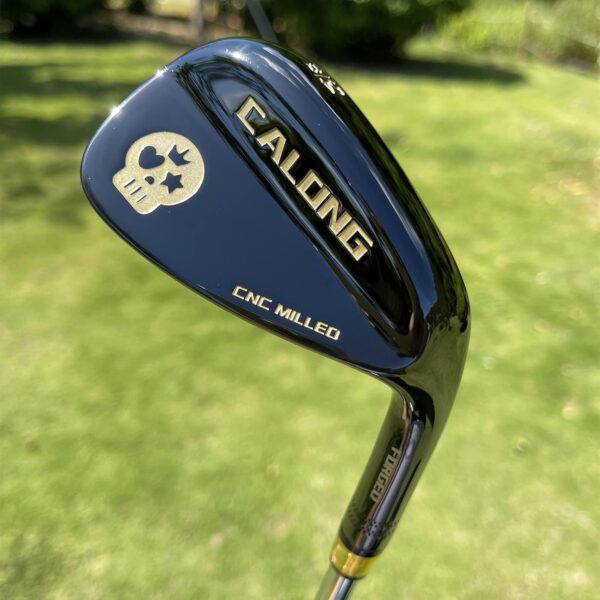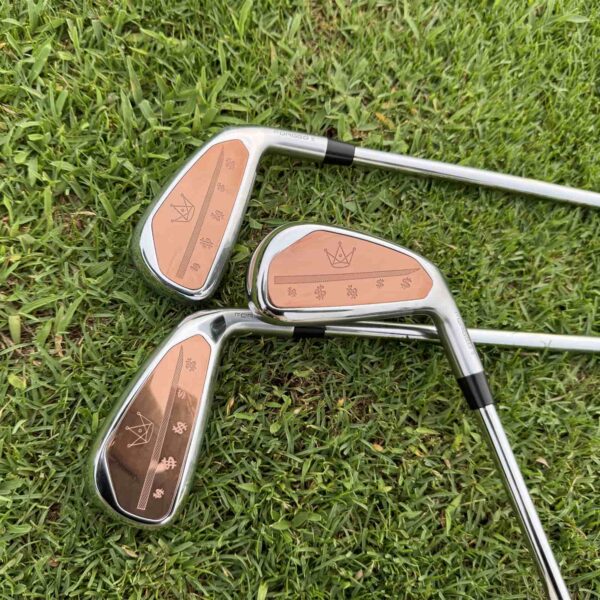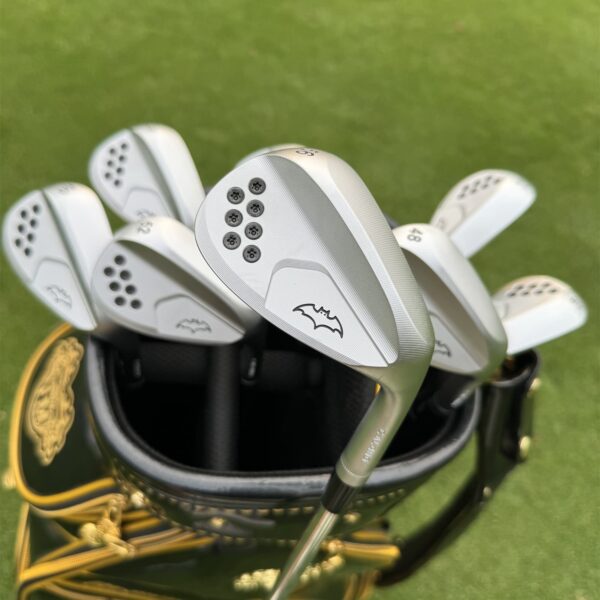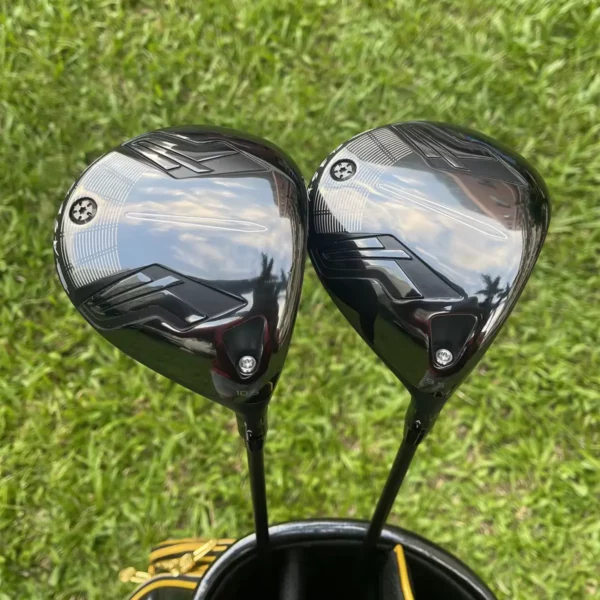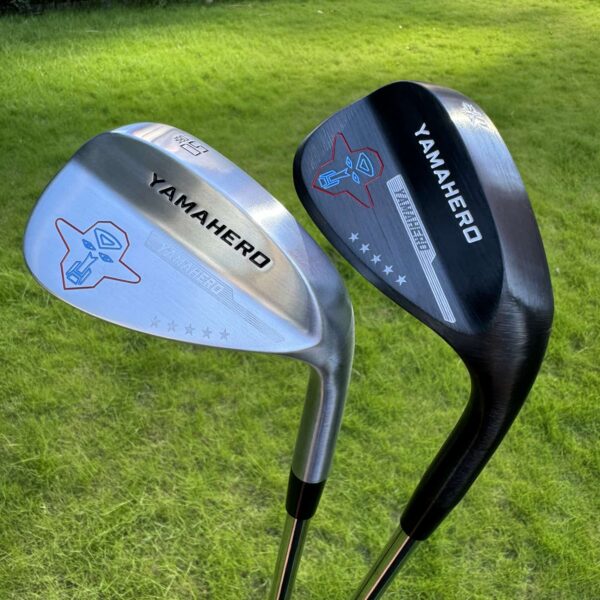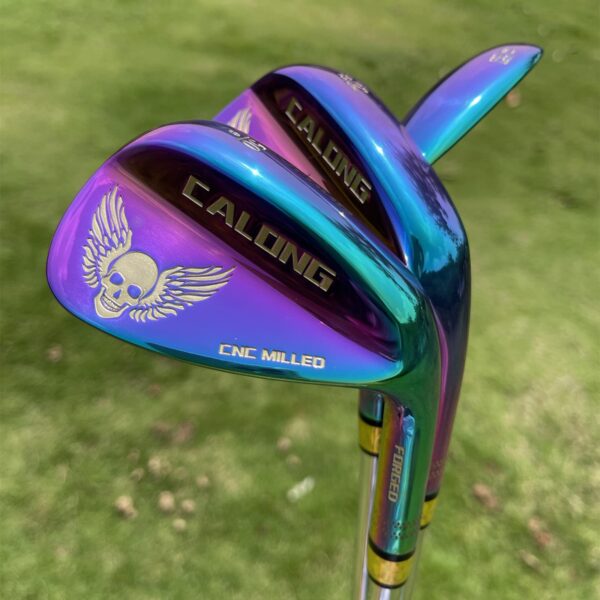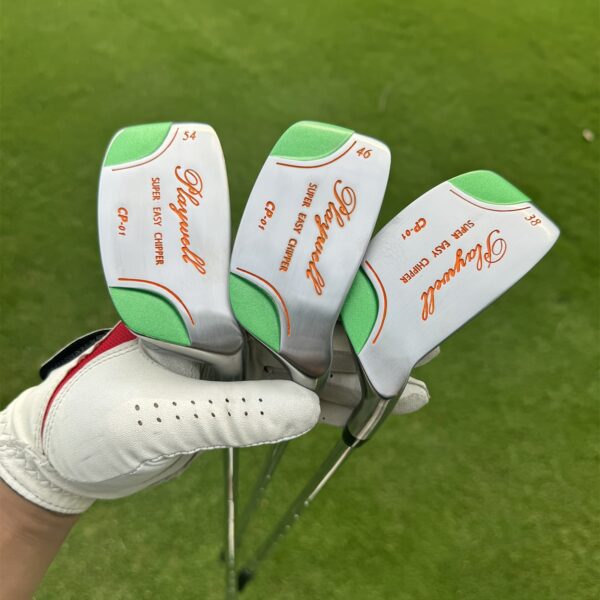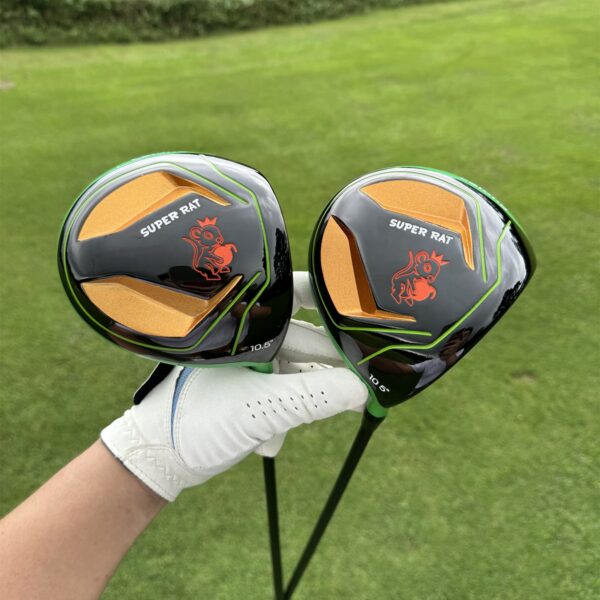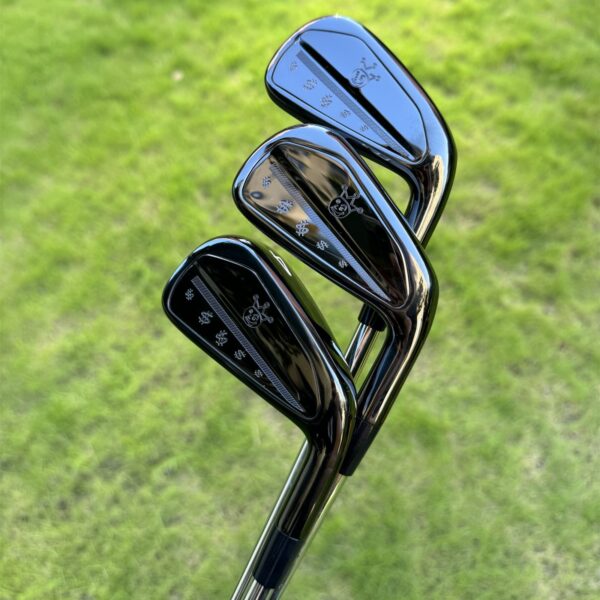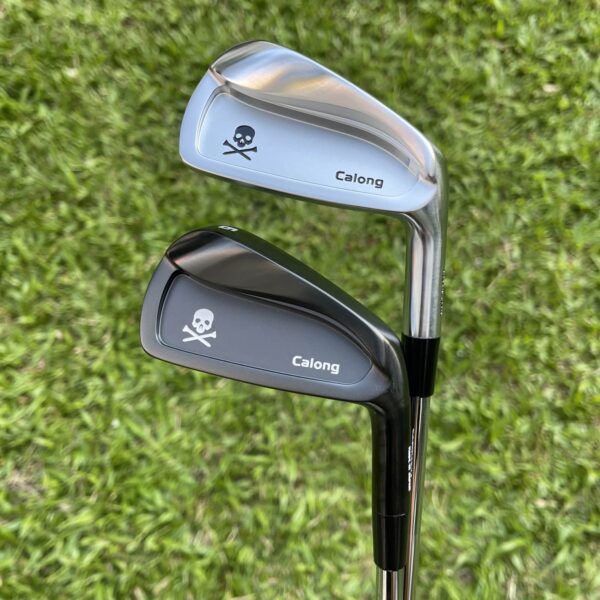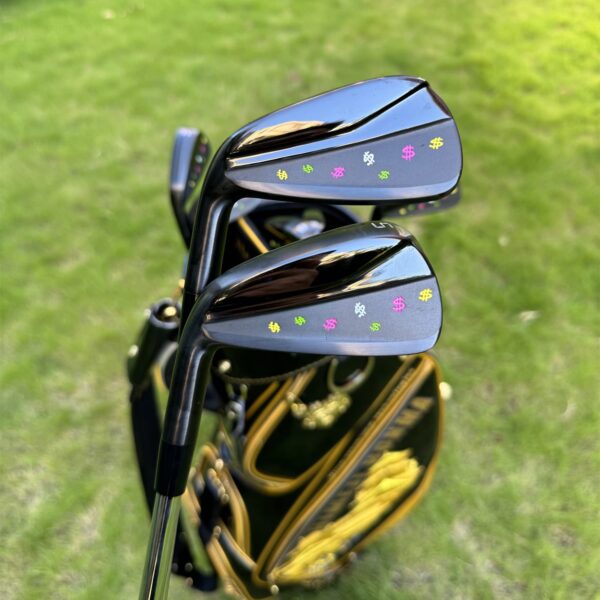Golf has lots of jargon and it can be confusing. We have tried to include most of the terms we
use and those you might see while shopping for golf clubs. If you find a new one or have any
suggestions please provide them to us at info@golfofchina.com.com
and we will add it to the list!
- Alloy
- Any combination of metals used to produce a club head or shaft. Alloys may contain
aluminum, steel, beryllium, nickel, copper, titanium, or other metals in varying combinations. Less
than honest descriptions of products often have the term “alloy” in them to hide the fact that the
product may only contain trace elements of the desired metal. For example, “titanium alloy” may
actually contain 98% aluminum and only 2% titanium which may be used to confuse the consumer with
“real titanium” that has high levels of titanium. Alloy is often a code word for substituting a
cheap metal for an expensive metal.
- Back Weight
- A weight, usually tungsten, brass or aluminum attached to the back of a
wooden, graphite or titanium wood head. The back weight moves the center of gravity toward the back
of the club to assist in getting the ball airborne.
- Backspin
- The backward rotation of a golf ball in flight around a horizontal axis as caused by the club hitting
the ball. The more loft on a club, the greater the backspin. Certain finishes on a club face
(e.g., milling, brass-blasting) can also increase backspin.
- Balance Point
- The point where a shaft’s weight is evenly distributed in both directions when rested on a single point.
- Belly Putter
- Type of putter that positions the grip against the player’s stomach in order to create a pendulum effect
from a relatively stable pivot point. Most belly putters are about 40″ in length. Belly putters
generally are available in several lengths to accommodate different bellies.
- Bent (or Curved) Shaft
- A shaft designed for use in no-hosel putters, featuring a bend or bends within 5″ from the shaft tip.
The curved shaft creates offset and face balancing.
- Beryllium Copper (BeCu)
- An alloy used to produce heads for some irons. More dense than stainless and some players claim it has a
softer feel. Beryllium heads are easily identified by their copper coloration.
- Beta-Titanium
- An alloy of Titanium both harder and heavier than typical cast titanium.
- Big Butt Shaft
- Any shaft with a butt size over .620″.
- Bi-Metal
- Describes club heads constructed from two different materials, for instance, a stainless steel club head
with a brass sole insert or brass sole rails.
- Bi-Matrix Shaft
- Patented by True Temper, the BI-Matrix is a shaft that contains both graphite and steel. BI-Matrix wood
shafts have a steel tip section, with the remainder being made of graphite. BI-Matrix irons have a
graphite tip for feel, with the remainder of the shaft being steel for control.
- Blade (or Face)
- The striking face of an iron head.
- Blade Style Head
- Blades are also known as muscle-back irons due to a possible concentration of weight directly behind the
center of the club face. Predominately used by very experienced golfers.
- Boron
- A high strength element added to some graphite shafts to increase tip strength. Boron shafts are more
expensive. Since the mid 1990’s boron has become less common as the technology of manufacturing
graphite shafts has improved their strength and reduced torque considerably.
- Bounce
- The measurement from the leading edge of the club face to the groundline. Wedges typically have the
most bounce in a set of clubs. Bounce helps these clubs go through sand and high grass easily.
- Bounce Angle
- When looking at the sole of a wedge you will notice the trailing edge hangs beneath the leading edge.
This angle in relation to the ground plane is called bounce angle.
- Build-Up Tape
- Masking tape applied to the butt end of the shaft to increase grip size. A single layer of masking
tape (.005″ thick) will increase grip size approximately 1/64″.
- Bulge
- The curvature of the face of a wood or metal wood from heel to toe. Bulge helps give corrective spin
to shots hit on the toe or heel of the wood face.
- Butt (shaft butt)
- The grip end of the shaft.
- Butt Cap
- The plastic or rubber cap at the top end of the grip. Also called the “End Cap.”
- Camber
- The radius measurement of the sole of a club. A sole can be cambered from toe to heel, or from front
to back, or both.
- Cavity Back
- An iron head with the weight is distributed toward the perimeter of the head. Cavity back irons are
easily identified by their recessed area on the back of the head.
- Center of Gravity (CG)
- The point in a club head where all of the points of balance intersect. The lower the CG, the higher
the ball flight. Higher CG clubs produce lower ball flight.
- Center-Shafted
- Hosel configuration where the shaft enters the head toward the center. Most common in putters.
- Chrome Plated Finish
- High-luster, shiny finish electrostatically applied to forged irons and to steel shafts.
- Component
- Parts used to assemble golf clubs. The three primary components of a golf club are the head, shafts
and grips. Other components include ferrules, labels, tape, and epoxy.
- Compression
- The hardness of a golf ball, identified by a number – a higher number indicates a ball that requires
more force to compress it. Lower compression balls flatten more when hit. 100 would be a high
compression golf ball, 80 would be a low compression golf ball.
- Compression Molded
- Manufacturing method for graphite heads and face inserts where layers of graphite are placed upon
one another and heat cured to create a clubhead or insert.
- Conforming Club
- A golf club that conforms to standards set by the USGA.
- Core (Grip)
- Inside diameter measurement of a grip, which determines the size of the grip. Core size does not match
shaft butt sizes. The standard core size for a man’s grip is .620″, for a lady is .590″, but both use
the same shaft butt size.
- Cover
- Outside surface of a golf ball. The cover may be one of any number of materials, Surlyn and balata
being most common.
- Crown
- The top of the head of a wood or metal wood. It’s what the golfer sees at address.
- Cubic Centimeters (cc’s)
- Measurement of the volume of a wood head.
- Curved (or Bent) Shaft
- A shaft designed for use in no-hosel putters, featuring a bend or bends within 5″ from the shaft tip.
The curved shaft creates offset and face balancing.
- Deep Face
- A club face with higher than average distance from the sole of the club to the crown. Deep face clubs
have a higher CG and launch the ball on a lower trajectory.
- Diamond Face
- A face coating containing fine diamond crystals to enhance backspin and face wear. Primarily used on wedges.
- Die Cast
- Injection of material into a pre-formed die to form club heads. This process is generally used on
lower-priced heads such as zinc alloy irons and aluminum alloy woods. It is also commonly used on putters
made from brass and zinc.
- Driver
- The club that used to hit the ball for the first shot on a par 4 or par 5 hole. The longest hitting club
in the set. Drivers commonly have lofts between 7 and 12 degrees.
- Driving Iron
- A golf club with low loft and a muscle or hollow body similar to a wood. The driving iron is a utility
club most commonly used by golfers who have difficulty hitting their long irons.
- Face (or Blade)
- The striking face of an iron head.
- Face Angle
- Position of the club face relative to the intended line of ball flight. For right-handed golfers, a square
face angle aligns directly at the target; an open face aligns to the right, while a closed face aligns left.
- Face Insert
- An epoxy, graphite or fibrous material in the center portion of the face on a wooden, composite, or metal head.
- Ferrule
- Decorative trim ring, directly on top of the hosel on many woods and irons.
- Flat Lie
- A lie flatter than specification. For example, if the spec is 60 degrees, a 2 degree flat club would have
a lie angle of 58 degrees.
- Flex
- The relative bending properties of a golf club shaft. Flex is usually identified by a letter: L for ladies,
A for senior, R for regular, S for stiff and X for extra stiff. Graphite shafts commonly use the term Firm
instead of Stiff for Firm and Extra Firm graphite shafts.
- Flexible Face
- A golf club face designed to “flex” upon ball impact, potentially propelling the ball a longer distance
than if the face did not flex. See also “Spring-Like Effect” or “Trampoline Effect”.
- Flow Weighting
- Head design where weight positioning shifts from one club to the next. For example, a #1 iron may have
more weight concentrated on its toe, a #2 iron slightly less, and so on. Also called Progressive Weighting.
- Form Forged
- Iron club head manufacturing process in which a club is first investment cast from an alloy of carbon steel
and then formed to shape through a series of forging dies.
- 431 Stainless Steel
- Stainless steel used in iron and putter head construction, not more than 20% carbon, 15-17% chromium, and
1.25-2.5% nickel, with the remainder being iron and a few trace elements. The most common iron making
material in high quality irons. Softer than 17-4 stainless steel.
- Forged Titanium
- A method of wood head manufacture in which the body and sole of the head is forged from 100% pure titanium.
The face and hosels are usually cast from 6-4 Ti.
- Forging
- Producing a golf club head from a series of forging dies stamping the head to final shape. Forged heads
are made of softer metals than cast heads and require hand finishing and chrome plating.
- Gear Effect
- The effect that tends to cause a ball hit toward the toe or heel side of face center to curve back to the
intended target line.
- Gooseneck
- A putter (or iron) that has an extremely offset hosel.
- Graphite
- Synthetic filament material used for shaft and head production, produced through a series of heating steps.
Graphite fibers may differ greatly in strength and modulus.
- Grip Collar
- Plastic collar used to secure the bottom of a grip in place on the shaft. Most commonly seen on leather grips.
- Gunmetal
- Dark, almost black, finish applied to the surface of iron heads for cosmetic reasons or to prevent rusting
of a carbon steel head.
- Heel-Toe Weighting
- A type of club head design with weight positioned toward the heel and toe of the clubhead, resulting in
stabilizing the clubhead (and produce straighter shots) on off-center impacts.
- High-Modulus Graphite
- A shaft material stiffer than standard graphite. The higher the modulus of graphite, the lower its
compression strength.
- High Polish Finish
- Shiny (mirror) finish applied to stainless steel iron heads through a series of polishing operations.
- Hook Face
- A wood with a closed face angle. Hook face woods may help players who slice to hit the ball straight.
- Horizontal Flow Weighting
- Distributing weight from club to club in a set of irons, with
the highest concentration of weight moving from the toe of the longer irons to the heel of the
shorter irons.
- Hosel
- The entry point of the shaft into the head on any golf club.
- Inset Hosel
- A club design with the hosel toward the center of the club face in an attempt to reduce head twisting.
- Leading Edge
- The front edge of the clubface.
- Lie
- The angle from the shaft to the ground line when the club is measured in normal playing position.
- Lift
- Upward force on a golf ball as it flies.
- Lightweight Shaft
- A shaft that falls within 3.80-4.24 ounces in steel or alloy shafts and within 3.20-3.60 ounces in
composite shafts.
- Loft
- The angle of the clubface that controls trajectory and affects distance.
- Low Balance Point (LBP)
- A shaft with a high percentage of its weight toward the tip.
- Low Profile Head
- An iron or wood head that is shorter from topline to soleline than typical.
- Mallet
- A type of putter head identified by its broad appearance from front to back when positioned at address.
- Maraging Steel
- A steel alloy harder than are non-maraging steels such as 17-4 and 15-5. Maraging steel is commonly used
in club face applications, rather than in entire club heads.
- Melonite
- A black corrosion-resistant plating applied to some club heads.
- Milled Face
- A club face milled to .001″ for flatness to promote smoother roll.
- Midsize Wood
- Any wood with a clubhead around 185cc in size.
- Modulus
- The measure of a fiber’s stiffness or resistance to bending. The higher the modulus, the stiffer the material.
- Muscleback Iron
- See Blade Style Iron.
- Non-Conforming Club
- A club whose construction does not allow it to be played in any event (either professional, amateur or
club-level) as sanctioned by USGA Rules.
- Non-Conforming Club (Driver) List
- A list of clubs (particularly drivers) that do not conform to USGA equipment requirements. The list, updated
regularly, is available at www.usga.com.
- Offset
- The distance from the forward most point of the hosel to the leading edge of the blade. Offset will help a
player to align the club face with the target, reducing a slice, and may produce higher ball flight.
- Oversize Iron Head
- Any iron head larger 43 millimeters and a blade length of 75 mm.
- Oversize Wood Head
- A wood head with volume greater than 200 cc’s.
- Perimeter Weighting
- Redistributing weight on a club head to the heel and toe in an attempt to stabilize the club on all types
of impacts.
- Progressive Offset
- Iron sets with longer irons having more offset and shorter irons having less.
- Progressive Weighting
- Head design where weight positioning shifts from one club to the next. For example, a #1 iron may have more
weight concentrated on its toe, a #2 iron slightly less, and so on. Also called Flow Weighting.
- Rails
- Raised areas on the soles of metal woods, lowering the center of gravity of the club and providing less
resistance as the club travels through the turf.
- Rescue
- A name given to any number of clubs that combine features of a wood and an iron. “Rescue” is also the
trademarked name of this type of club from TaylorMade that began the trend. See also “Hybrid.”
- Roll
- The measure of face curvature from crown to sole on woods.
- Sandblast
- Light gray finish applied to the some iron and wood heads. Applied using an air compressor and sandblasted
with aluminum oxide sand.
- Satin Finish
- “Brushed” finish applied to some stainless steel iron heads and metal wood soles by finishing belts.
- Scoring Lines
- Lines or grooves on the face of an iron or wood club.
- 17-4 Stainless Steel
- Stainless steel alloy used in Iron and metal wood head construction. 17-4 is no more than 0.07% Carbon,
between 15 and 17% Chromium, 4% Nickel, 2.75% Copper, and 75% Iron and trace elements. Harder than 431
stainless steel.
- Shallow Face
- Any wood or iron having a face height shorter than normal.
- 6-4 Titanium
- Titanium is used in wood heads manufactured with the formula 6Al-4V: these are 90% Titanium, 6% Aluminum
and 4% Vanadium. Titanium is often used in oversize and larger heads.
- Sole
- The bottom or underside of any type of golf club. It is where the club rests on the ground in playing position.
- Sole Weighted Iron
- An iron head with the majority of its weight concentrated near the sole of the club, producing a lower
center of gravity.
- Sole Width
- The measure of a sole from the leading edge to the trailing edge. A narrow sole is better from firmer
ground; wide soles are helpful in getting the ball airborne from softer ground.
- Sole Camber
- The curvature from the leading edge to the trailing edge.
- Spring-Like Effect
- A golf club face designed to “flex” upon ball impact, potentially propelling the ball a longer distance
than if the face did not flex. See also “Flexible Face” and “Trampoline Effect”.
- Square (Box, “U”) Grooves
- Face lines or grooves pressed, cut, or cast into a rectangular shape.
- Standard Size Wood
- Any wood head with volume of around 150cc.
- Standard Weight Shaft
- A steel shaft within the range of 4.25-4.62 ounces.
- Step
- Where the diameter of a steel shaft “steps up” noticeably to a larger diameter.
- Stepless
- Steel shafts without”steps up” in diameter. FMC Rifle and Apollo Balistik are stepless shafts.
- Step Pattern
- The pattern made by the sequence of steps of a steel shaft which vary by manufacturer and shaft model.
- Strong Loft
- A club, usually an iron, with loft that is less than the standard specification for that club. Stronger
lofted clubs tend to hit the ball lower and longer than standard lofts, but may sacrifice some control.
- Super-Steel
- Alloys of steel that are stronger and lighter than 17-4 stainless.
- Swingweight
- A club’s weight distribution around a fixed fulcrum point. The fulcrum point is typically 14″ from the
butt of the club. It is measured in alpha-numeric units such as D-1, D-2, and so on with higher
letter-number units indicating more weight in the head relative to the grip.
- Ti-Alloy
- Alloy used for wood heads that contains some Titanium, but a much larger amount of less expensive
(generally Aluminum) alloys.
- Tip Stiff
- A shaft with a tip stiffer than the rest of the shaft. Tip stiff shafts are generally designed with
harder swinging players in mind.
- Titanium
- Club head metal primarily for woods with a higher strength-to-weight ratio than most steel alloys. See
also Forged Titanium and 6-4 Titanium.
- Topline
- The top part of an iron blade, running from heel to toe visible to the golfer at address.
- Torque
- Measure of a shaft’s resistance to twisting. Low torque shafts twist less and are recommended for stronger players.
- Total Weight
- Weight of the entire assembled club as expressed in ounces or grams.
- Trajectory
- The shape and height of a golf ball’s flight in relation to its direction.
- Trampoline Effect
- A golf club face designed to “flex” upon ball impact, potentially propelling the ball a longer distance
than if the face did not flex. See also “Flexible Face” and “Spring-Like Effect”.
- Trailing Edge
- The back edge of the sole.
- Tri-Metal
- A club head comprised of three separate metals.
- Trouble Club
- Clubs used to play the ball from a difficult lie. Trouble clubs often have unusual sole construction
– perhaps rails – that lower the center of gravity. Trouble clubs may be irons, woods or hybrids.
- Tungsten
- A heavy steel/tungsten compound is used to add weight to a club head, either as a swingweighting material
in the shaft or as a defined weight attached somewhere in/on the head.
- U-Groove
- Used in iron face structure, more pronounced than “V” grooves. See “Square Groove.”
- Ultralight Shaft
- Composite shafts weighing less than 2.00 ounces or 65 grams.
- Upright Lie
- A club’s lie that is more upright than the standard specification for that particular head.
- V Grooves
- Face grooves pressed, cut, or cast into a “V” shape during club manufacture.
- Velocity
- The speed of a golf ball.
- Vertical Flow Weighting
- Club set weighting with weight shifting vertically from a concentration of weight toward the sole of
long irons to more traditional weighting on short irons.
- Volume
- The measurement of the size of a wood head as measured by liquid displacement.

 Japan Okano CP-01 Putter $519.99
Japan Okano CP-01 Putter $519.99
 Okano CCB-01 Irons set $1,699.99
Okano CCB-01 Irons set $1,699.99

 Calong BAT Forged Wedges $99.99
Calong BAT Forged Wedges $99.99
 Calong ASED Driver $199.99
Calong ASED Driver $199.99 Yamahero Cowboy Wedge $99.99
Yamahero Cowboy Wedge $99.99


 Calong Super Rat Golf Driver 10.5 Degree With 65g Graphite SR Flex Shaft Headcover RH Golf Clubs
Calong Super Rat Golf Driver 10.5 Degree With 65g Graphite SR Flex Shaft Headcover RH Golf Clubs Calong ASED Driver $199.99
Calong ASED Driver $199.99






 Clubs
Clubs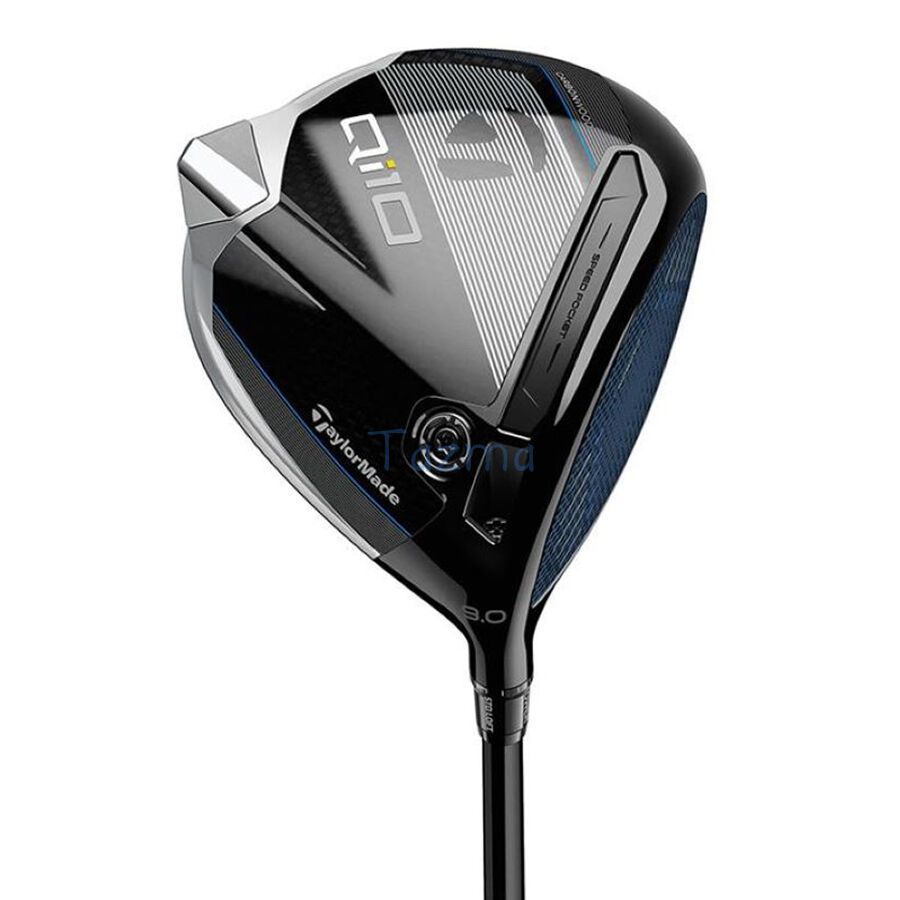 Drivers
Drivers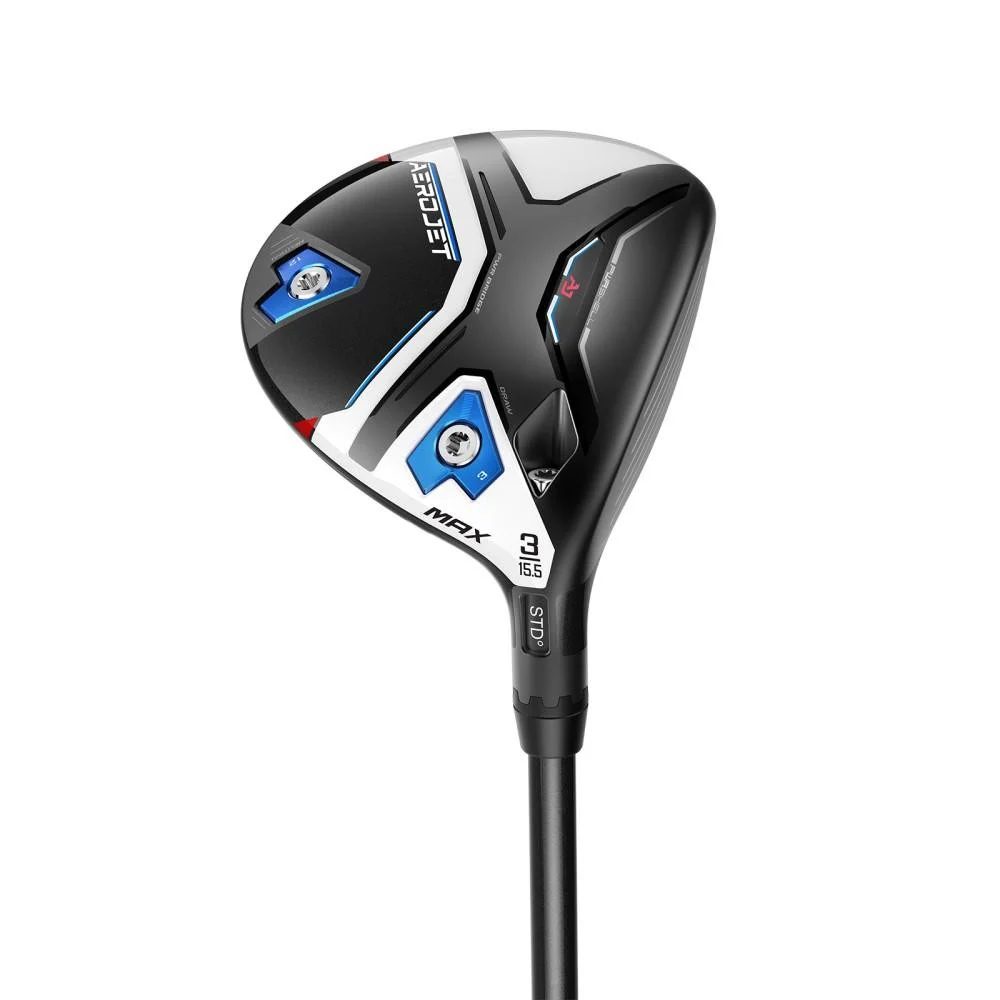 Fairway Woods
Fairway Woods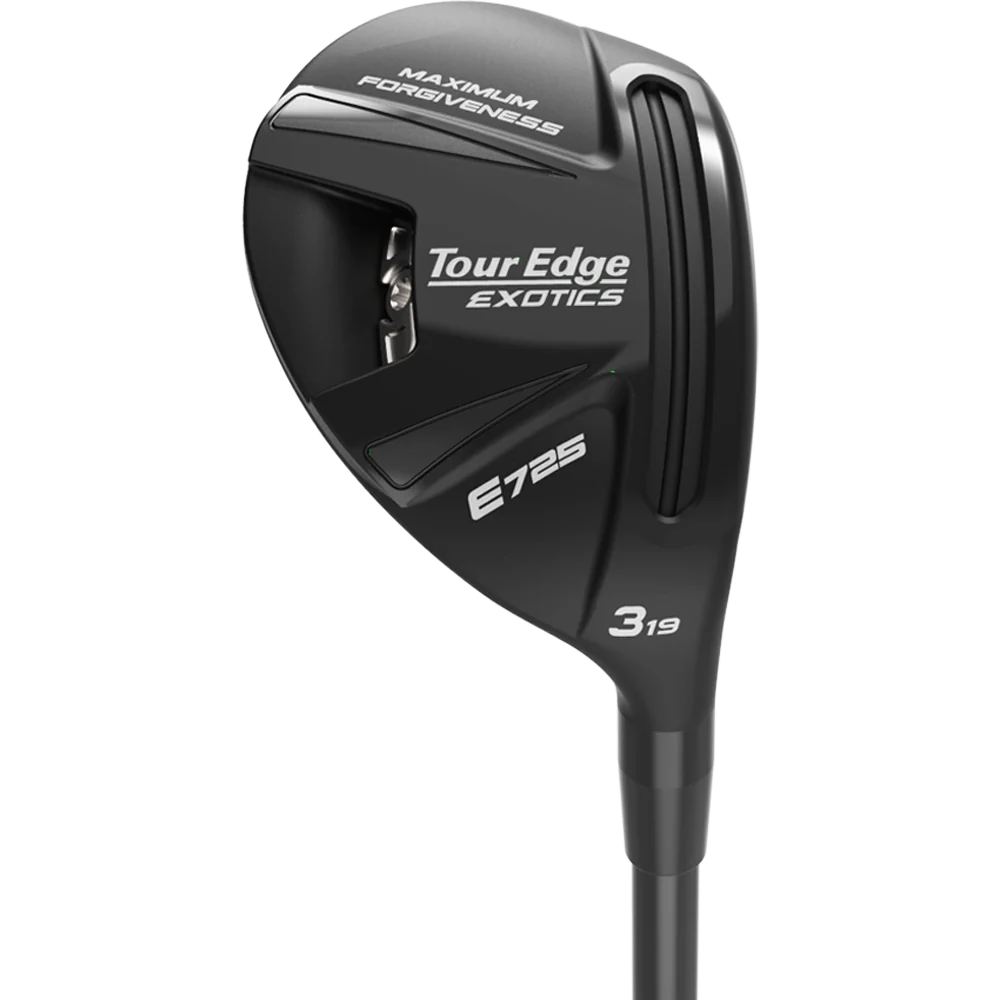 Hybrids
Hybrids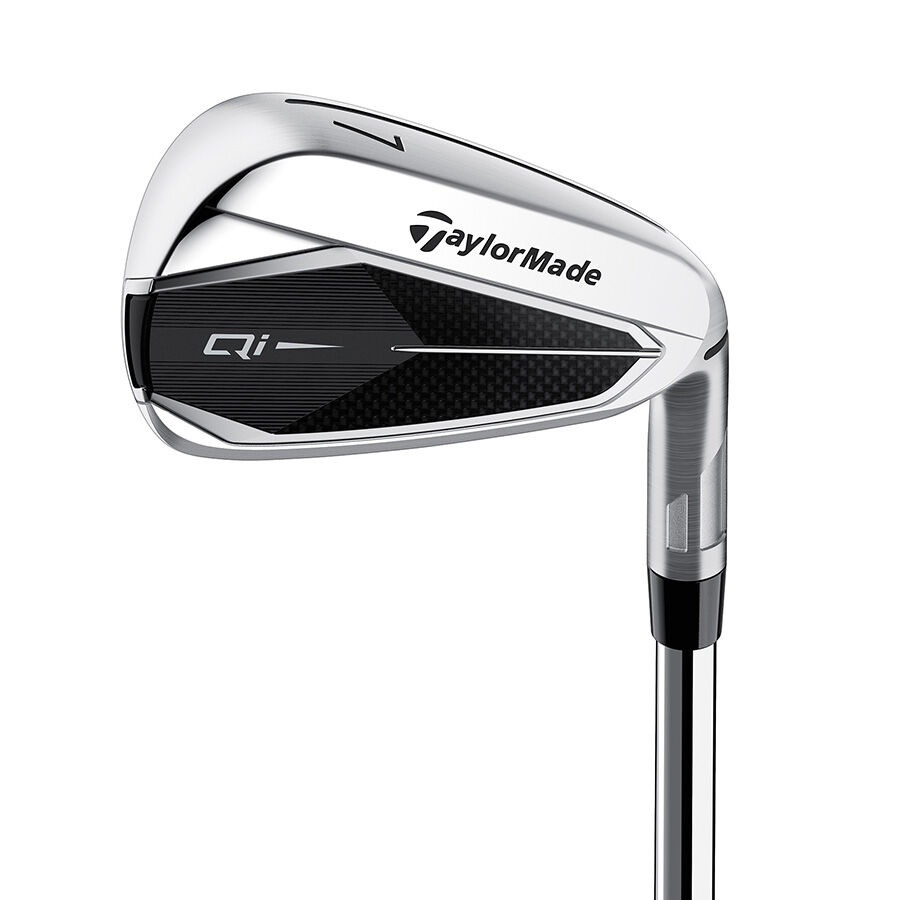 Irons set
Irons set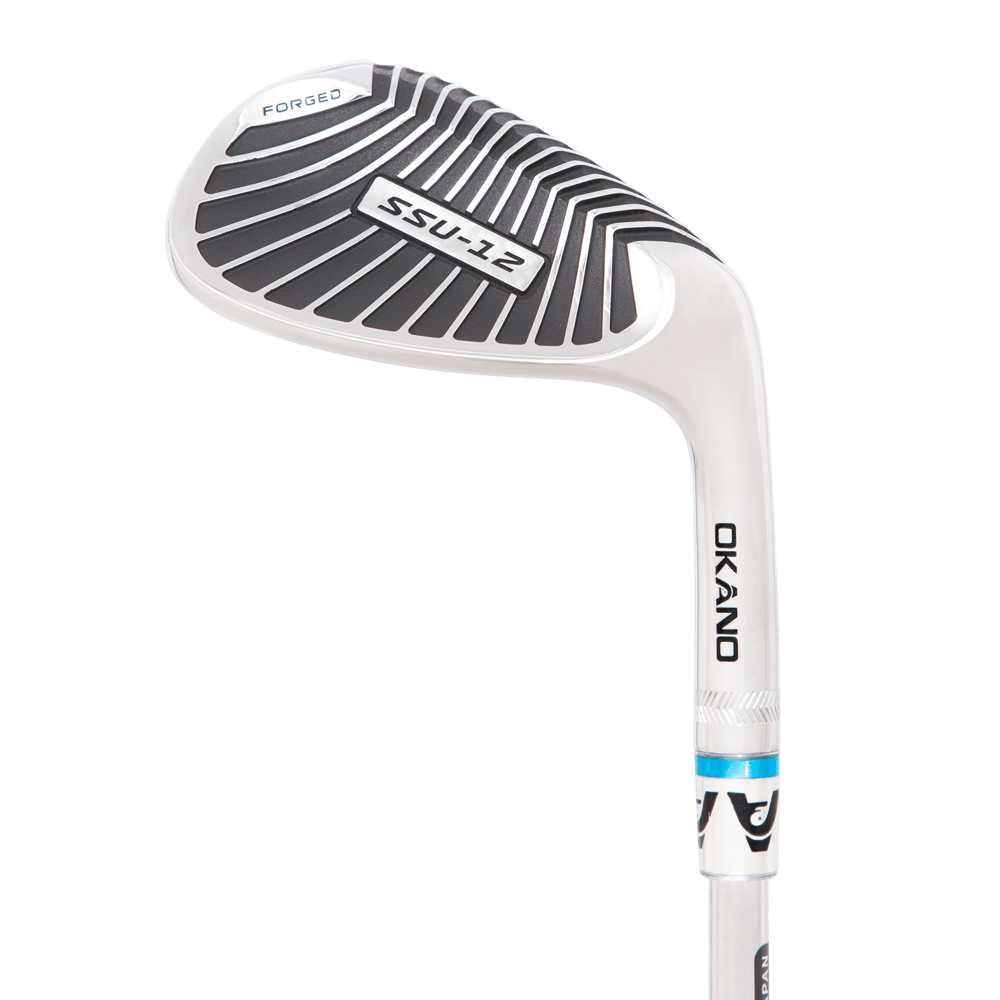 Wedges
Wedges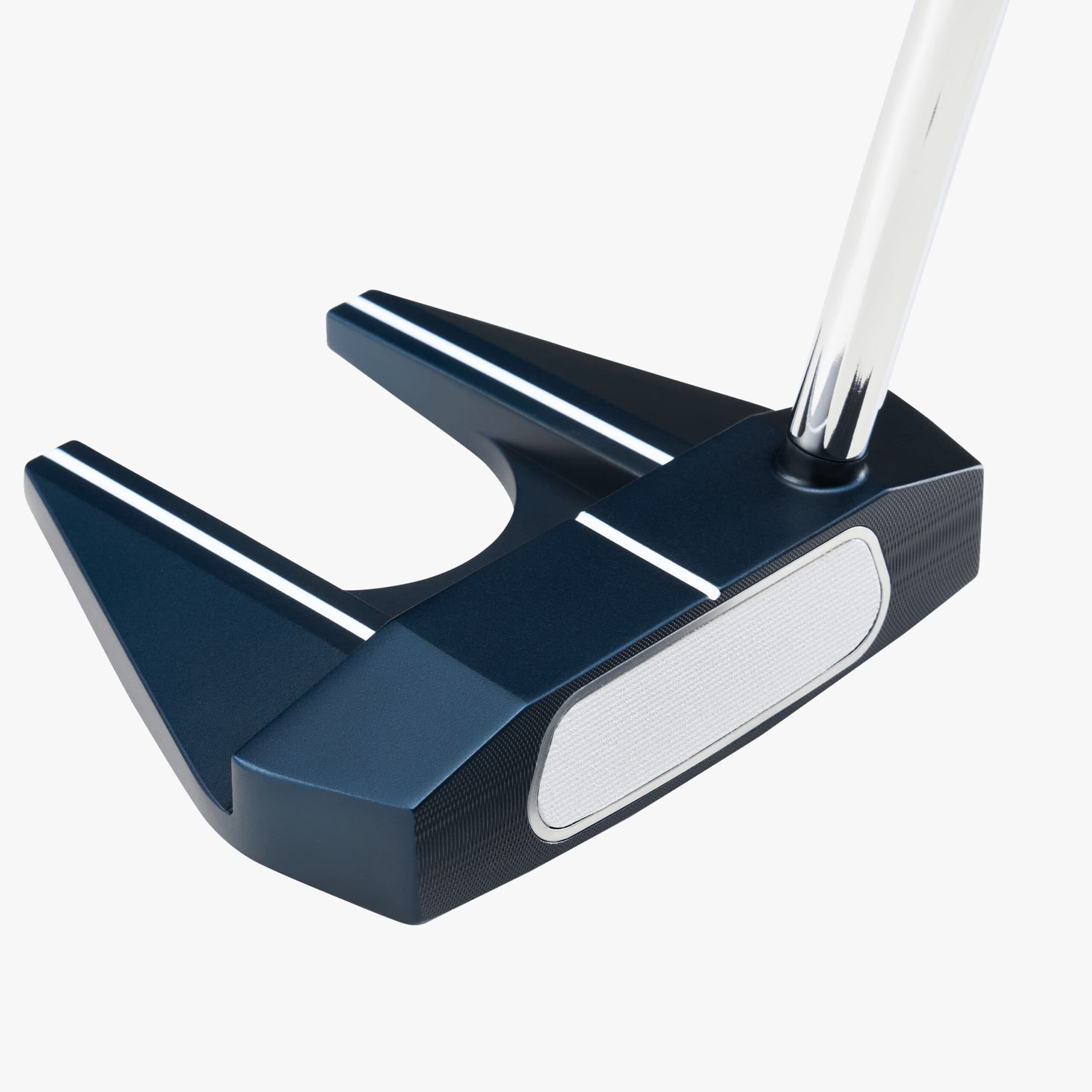 Putters
Putters Complete Sets
Complete Sets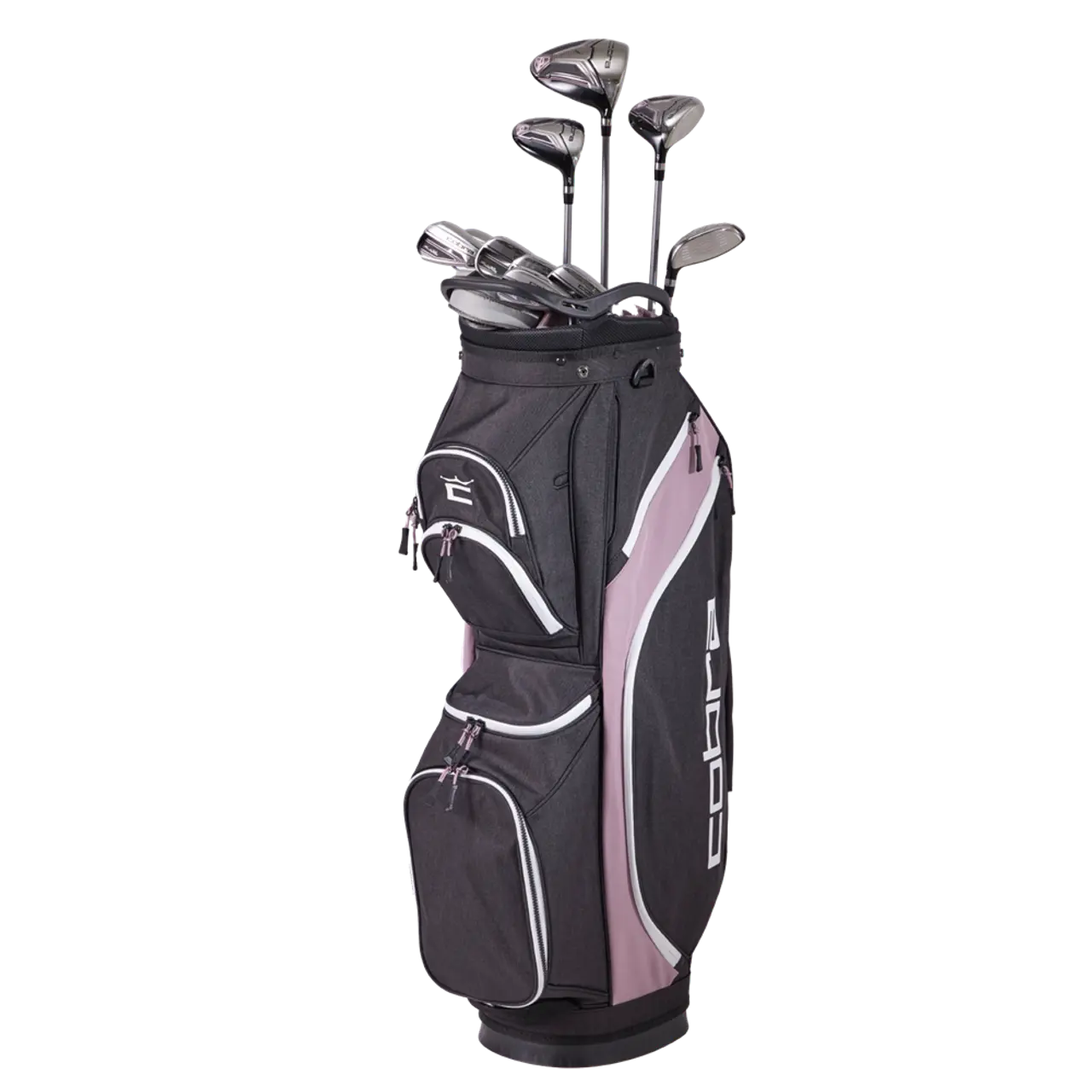 Complete Sets
Complete Sets Kids‘Clubs
Kids‘Clubs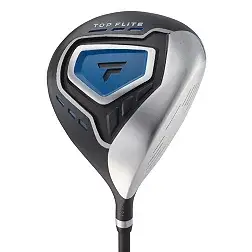 Drivers
Drivers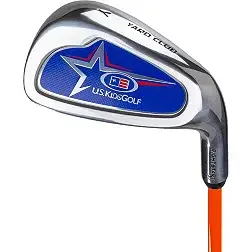 Irons
Irons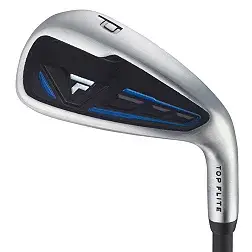 Wedges
Wedges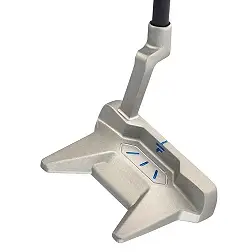 Putters
Putters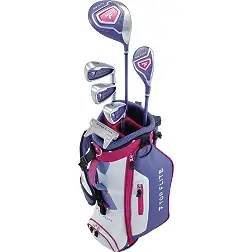 Complete Sets
Complete Sets Bags
Bags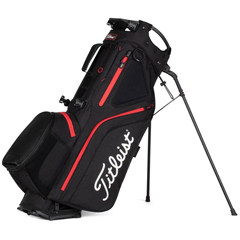 Stand Bags
Stand Bags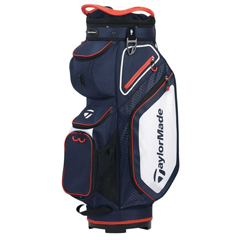 Cart Bags
Cart Bags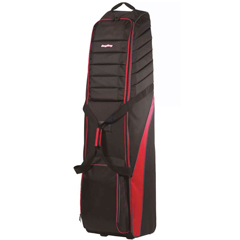 Travel Bags
Travel Bags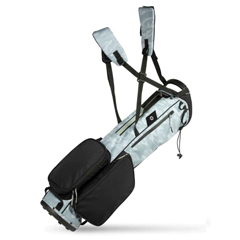 Carry Bags
Carry Bags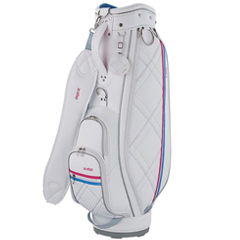 Womens Bags
Womens Bags Men's Golf Shoes
Men's Golf Shoes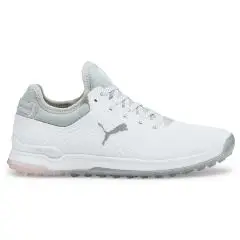 Women's Golf Shoes
Women's Golf Shoes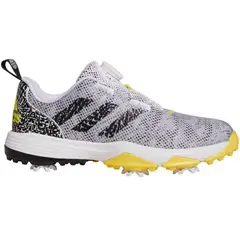 Junior Golf Shoes
Junior Golf Shoes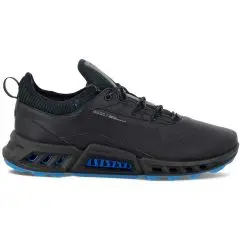 Spikeless Golf Shoes
Spikeless Golf Shoes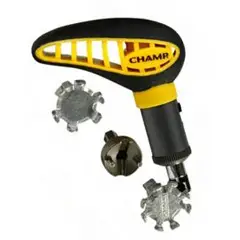 Golf Shoe Accessories
Golf Shoe Accessories Closeout Golf Shoes
Closeout Golf Shoes Apparel
Apparel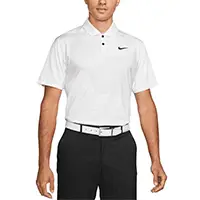 Men's Apparel
Men's Apparel Women's Apparel
Women's Apparel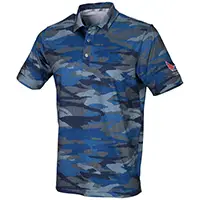 Juniors Apparel
Juniors Apparel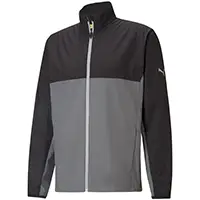 Jackets and Rain Gear
Jackets and Rain Gear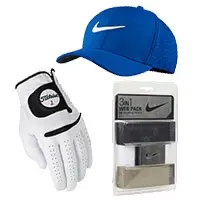 Apparel Accessories
Apparel Accessories Balls
Balls Accessories
Accessories Shafts
Shafts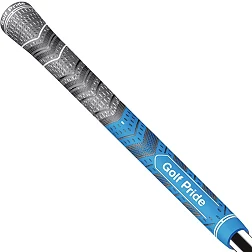 Grips
Grips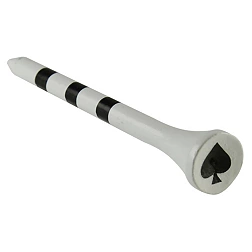 Tees
Tees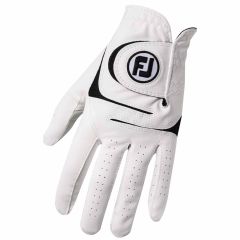 Gloves
Gloves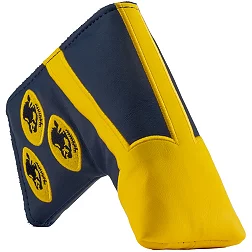 Headcovers
Headcovers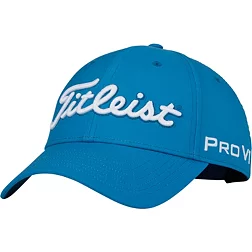 Hats & Visors
Hats & Visors